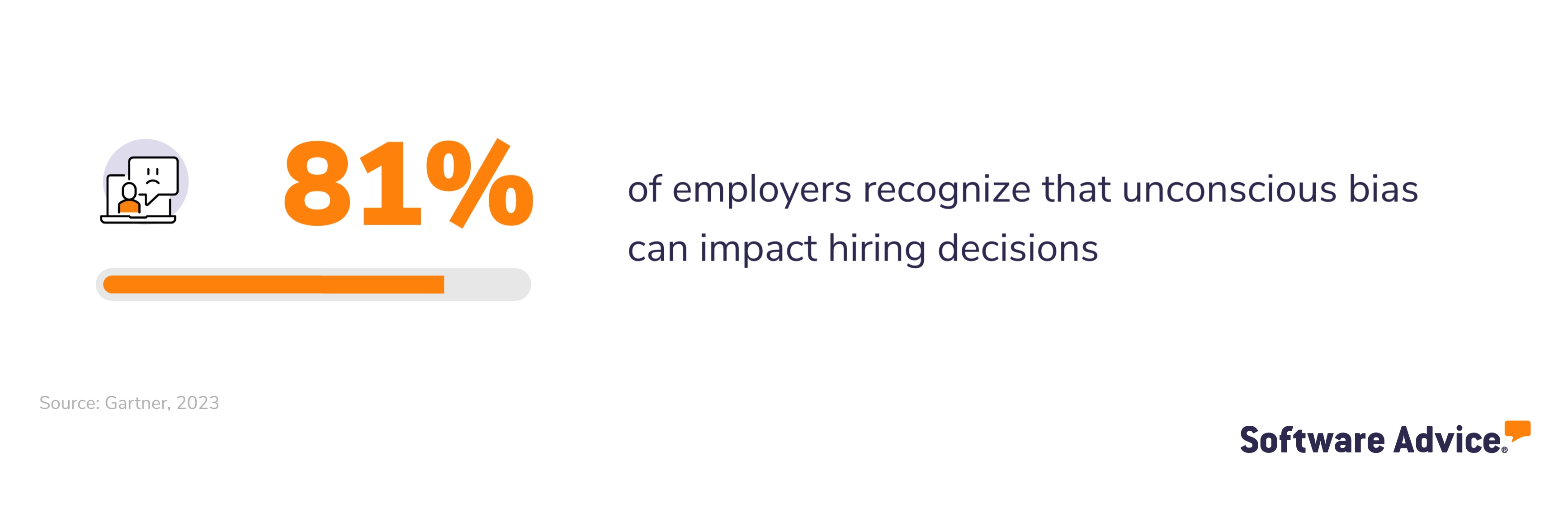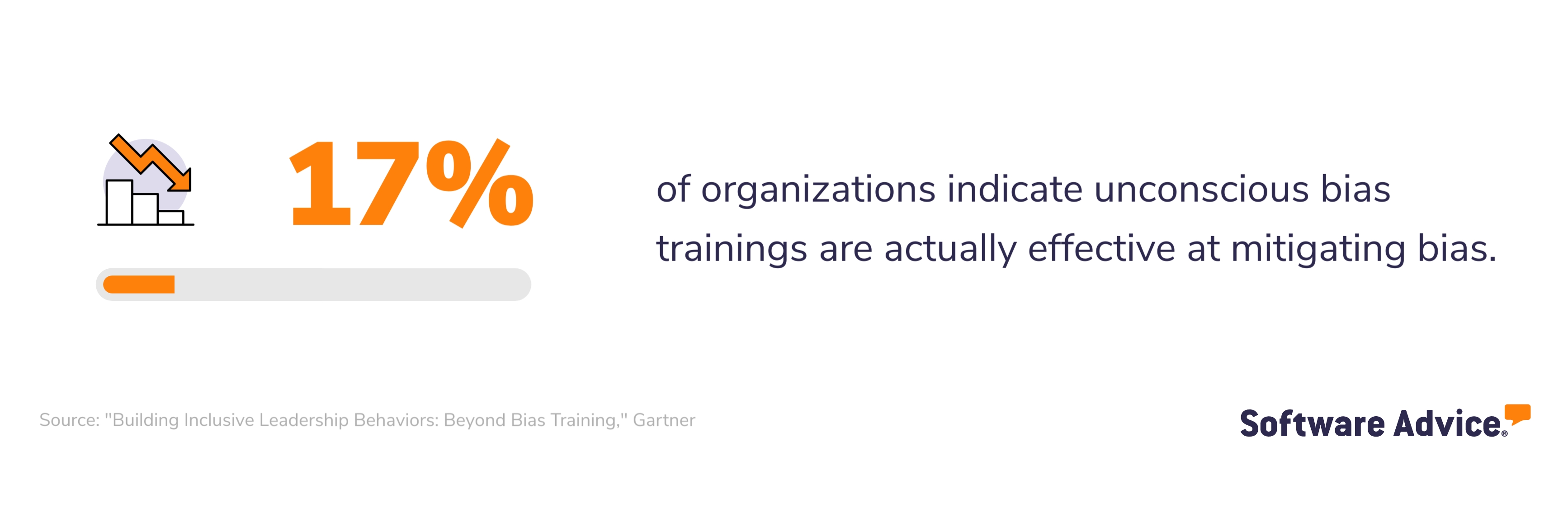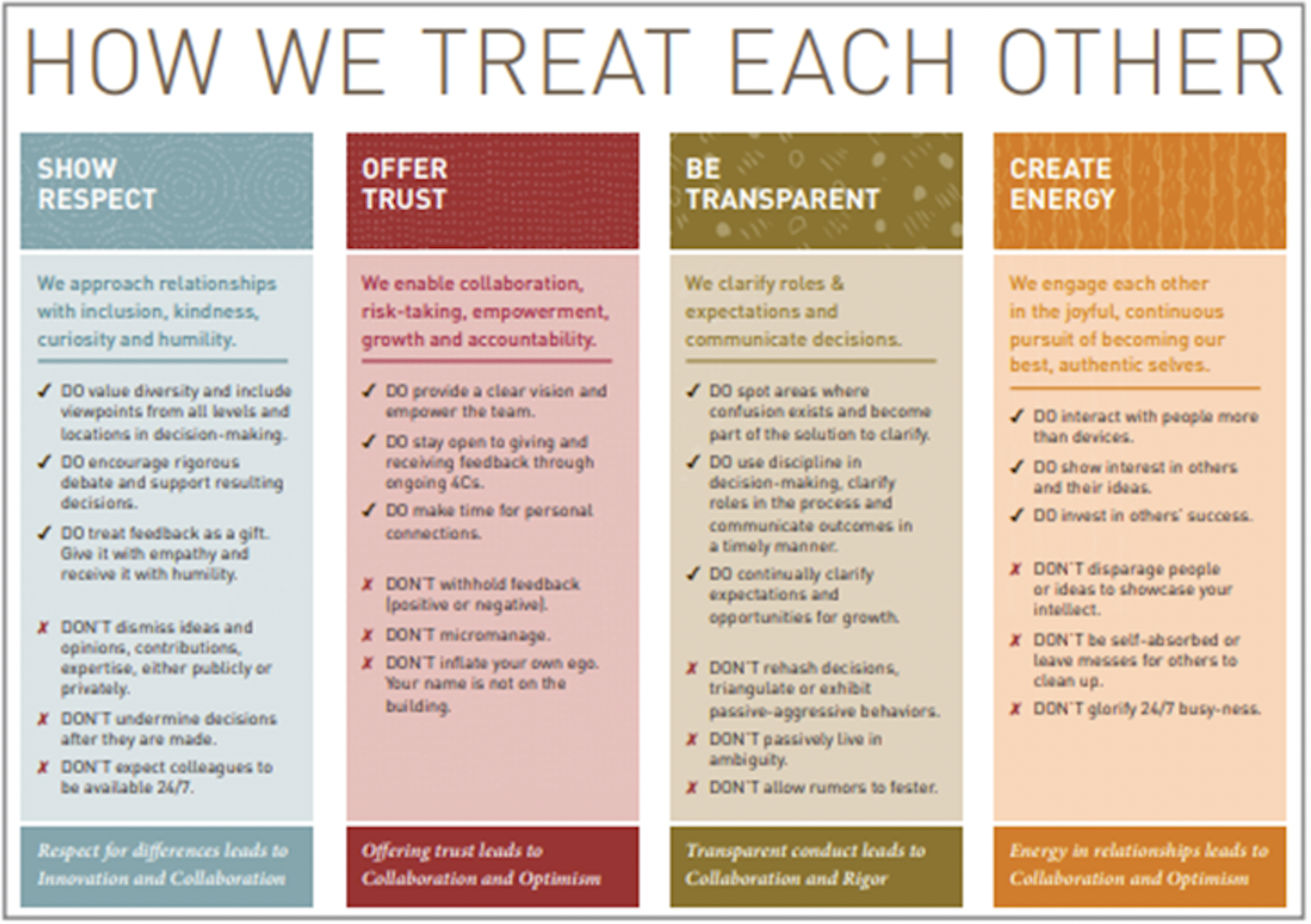A Guide to DEI Training for Small Businesses
Delivering DEI (diversity, equity, and inclusion) training to your small business’ employees has its benefits—mainly, it can help you build a more inclusive culture and better attract, retain, and engage diverse talent.
Most businesses understand this: For 82% of organizations, training is a cornerstone practice for driving diversity, equity, and inclusion goals.
However, the problem is that nearly half (42%) of employees already resent DEI efforts.
If you’re leading the charge in DEI training at your small business, you may be wondering how to introduce this program to your workforce in an authentic and effective way. With Gartner’s principles for DEI training [1], we’ll uncover the ins and outs, from the different types of initiatives you can offer to how to overcome common hurdles along the way.
What is DEI training?
DEI training is centered around three key elements:
Diversity: The various characteristics that make up individual and collective identities, such as race, gender, age, sexual orientation, ethnicity, or religion.
Equity: The process of addressing barriers that create disparities between groups when it comes to access to resources, opportunities, and more.
Inclusion: The efforts taken to ensure that any individual or group feels supported, valued, and welcomed within a workplace.
DEI training activities often focus on increasing employees’ awareness of these concepts and how their behavior relates to them—read on to learn about the different types of DEI training ahead.
What are the different types of DEI training?
Bias awareness training
Unconscious bias occurs when an individual makes a judgment or a decision about another person based on their own life experiences, perspective, and assumptions. For example, affinity bias is one of the most common types of unconscious biases and occurs when an individual shows preferential treatment toward another person who they share something in common with.
Obviously, unconscious biases can be harmful when it comes to hiring decisions. Forty-two percent of employees feel that underrepresented talent are not equally considered for progression at their organization, and the effect of unconscious bias on hiring decisions has a lot to do with that [2]:

Bias awareness training works to help prevent this by educating employees about different kinds of unconscious biases and providing strategies they can use to minimize them. Seventy-seven percent of organizations offer unconscious bias training today, with an additional 13% of organizations planning to introduce unconscious bias training in the future [2].
You might like: How to Level Up Your Diversity Hiring Practices
Skills-based diversity training
Unlike bias awareness training (which focuses on educating employees), skills-based diversity training equips employees with tactics they can use to better communicate and collaborate with peers who differ from them. This kind of instruction is useful for individuals in administrative or managerial positions, as their roles typically require advanced interpersonal skills.
Skills-based diversity training programs cover a wide range of topics from conflict resolution techniques and mentoring strategies to how to provide feedback to diverse team members or work with those who have a different communication style from your own.
Cultural sensitivity training
Cultural sensitivity training helps employees acknowledge and build respect for the different backgrounds represented in their workplace, which is essential if you want to create a workplace that is as inclusive as it is diverse.
Cultural diversity goes beyond race, ethnicity, and national origin, as it also includes age, gender, educational level, sexual orientation, political ideology, and personality differences. Without cultural sensitivity training, collaboration efforts suffer [3]:
![Forty-four percent of U.S. employees avoided talking or collaborating with co-workers because of their political beliefs [3]](https://images.ctfassets.net/o5y0ehllhbif/7HvkgH41JQte8kmvpo4f8m/ebcc6dc9ec5fee24e96b8d31f681c44b/employees_avoid_coworkers_with_different_political_beliefs.jpg)
Additionally, this kind of DEI training may also include reviewing your organization's code of conduct or introducing policies and practices that help prevent discrimination, harassment, bullying, and other misconduct.
Discrimination and microaggression training
Lastly, there are DEI training programs designed to bring awareness to and minimize instances of microaggressions or discrimination. These training courses help employees identify inappropriate behaviors and teach them how to respond to them in an effective manner.

Microaggressions are subtle, often unintentional actions or comments that can offend or marginalize individuals based on their identity, and the consequences of them are worth avoiding: Those who feel that they can’t bring their whole selves to work are 81% more likely to leave their organization [3].
HR professionals can also benefit from participating in this kind of DEI training, especially if the program is designed to prepare organizational leaders to respond to instances of discrimination in their workplace; only 27% of organizations have a process for employees to report microaggressions despite the fact that reporting mechanisms ensure that employees feel heard [5].
How can DEI training be delivered?
There are three main delivery methods for DEI training:
1. In-house
In-house DEI training is usually developed by an organization’s HR or DEI team. Sessions may be held in-person at the office or virtually with the help of a learning management system. This option is best for large, well-established businesses who have either a dedicated DEI team or an experienced HR department. And because of the time and resources required to develop in-house training, this is also the most expensive option.
2. E-Learning
With the help of an LMS or employee training software, employees can partake in DEI training online when it’s convenient for them. Many learning management systems come with a premade course library, which makes this option particularly appealing for businesses who don’t have the knowledge or time to develop DEI training content in house.

Premade DEI courses available in 360Learning [6]
That said, the majority of LMS are built with course authoring capabilities, so if you’re considering delivering DEI training through an e-learning platform, but you’d like to have a hand in the content’s creation, this is still a viable option for your business.
3. Third-party delivery
If your organization doesn’t have a learning platform and/or there’s not enough bandwidth within your HR department to spend time developing DEI training content, you can always opt to outsource this task to a third-party provider.
There are a wide range of providers who specialize in planning, organizing, and administering DEI training for businesses [7]. All of these businesses have ready-to-go course content available online, and all you need to do to get started is determine how many users will need to access the content.

Does DEI training work?
While DEI training certainly can be effective, the truth is that most organizations struggle to get the results that they’re looking for. A 2019 survey from Gartner found that less than a fifth of organizations delivering unconscious bias training felt like it was effective at mitigating bias [9]:

And while that was four years ago, HR professionals have only continued to struggle when it comes to furthering their DEI goals: In 2022, only 51% of DEI leaders felt confident in their ability to advance global DEI strategy.
Why does DEI training fail and how can HR and DEI leaders make it work?
1. Training programs target attitudes instead of behaviors
Some kinds of DEI training, such as bias awareness and cultural sensitivity training, increase employees’ conceptual knowledge but fail to encourage them to change their behavior. In many cases, employees may avoid interacting with peers who they feel at risk of unwittingly expressing bias toward.
Or, in the worst case scenario, this kind of training can trigger a psychological response known as reactance in which employees respond with anger or resistance due to the threat to or loss of their free behaviors. In turn, employees will hold on more strongly to the very beliefs HR is trying to shift.
How to fix this
To correct this, organizations should focus on providing training and tools that help employees change their actual behaviors. For example, in addition to cultural sensitivity or bias awareness training, you can start a reverse mentoring program where individuals of different backgrounds are paired up in order to learn from and connect with one another.
Another way to overcome this is to develop guidance about the specific norms, work practices, and routines that employees should enact to enhance team DEI outcomes (like the example covered in the case study below).
Case Study
The Bill & Melinda Gates Foundation creates do’s and don’ts for each of their core pillars
The Bill & Melinda Gates Foundation has four core culture pillars: show respect, offer trust, be transparent, and create energy. As you can imagine, translating the ideas behind these values into action during high-stakes moments presents a challenge for employees.
In order to improve cultural alignment across the organization, HR created a list of do’s and don’ts for each of the core pillars. This list breaks down each pillar and defines behavior expectations for employees, making it easy for everyone to understand how they can hold up the organization’s core values during moments that matter.

A list of do’s and don'ts related to each core pillar of The Bill & Melinda Gates Foundation [1]
2. Training is standardized instead of customized
Off-the-shelf DEI training solutions are often too broad or generic to offer the type of behavioral guidance relevant to all employee groups and work contexts. If an employee feels like the training they’ve received isn’t relevant to their role or place within the organization, they’ll be quick to discount it.
For instance, despite the fact that 62% of HR business partners (HRBPs) selected performance management as susceptible to bias at their organization, only 36% of D&I leaders say they provide training to mitigate bias in performance management [2].
How to fix this
HR leaders can overcome this challenge by identifying which employee groups would benefit the most from DEI training. For example, recruiters and hiring managers are a great group to deliver bias awareness training to, as they have the most control over the kind of talent brought into the organization.
To identify employee groups to prioritize or deprioritize training for, answer these key questions:
Which employee groups will advance business goals the most through DEI training?
Are there any teams or departments that have received DEI-related complaints?
Among which employee segments could DEI training trigger reactance?
3. Training effectiveness diminishes over time
It sounds obvious, but organizations that rollout DEI training programs a few times a year will not see the same benefits as those that offer continuous learning opportunities year-round.
The Ebbinghaus forgetting curve (an idea that dates back to the late 1800s) states that people tend to forget up to 50% of new information they’ve learned within an hour—and within 24 hours, that figure jumps up to 70% [11].
Too often, DEI training success is measured based on training participation rates and participants’ self-reported satisfaction, but without follow-up initiatives or accountability mechanisms in place, the chances of positive outcomes from DEI training are low.
How to fix this
One way to offer continuous learning is to support peer-to-peer learning. For example, you can encourage workers to participate in employee resource groups (ERGs) or mentorship programs. Or, you can set up forums where employees can discuss their successes and challenges in developing inclusive leadership skills. The main idea is to develop a sense of community around DEI goals, because people learn more and create more value as a group rather than alone.
Support your DEI goals with the right resources
Gartner’s 2023 HR Priorities Survey revealed that DEI is one of the top 10 key initiatives HR is focusing on this year [12]. As a small business leader, you may feel like there’s a long road ahead on your way to a diverse and inclusive culture. Offering DEI training can get the ball rolling, especially if you take the challenges associated with making training effective into consideration.
Use the advice and information in this content as a guide, then check out our related resources for further help reaching your DEI goals.
First, watch this short video on recruiting diverse talent:
Then, check out these related articles:
Note: The applications selected in this article are examples to show a feature in context and are not intended as endorsements or recommendations. They have been obtained from sources believed to be reliable at the time of publication.
Sources
6 Principles for Getting the Most Out of DEI Training, Gartner
There’s No Place to Hide as Political Rifts Hit the Workplace, Gartner
How HR Professionals Can Address Microaggressions in the Workplace, Gartner
e-Learning DEI courses, 360Learning
Diversity and Inclusion Training: Top Eight Programs to Get Up-to-Date, Indeed
Building Inclusive Leadership Behaviors: Beyond Bias Training, Gartner
Acting on Diversity, Equity and Inclusion Commitments, Gartner
What is the Ebbinghaus forgetting curve? A Complete Guide, TalentCards